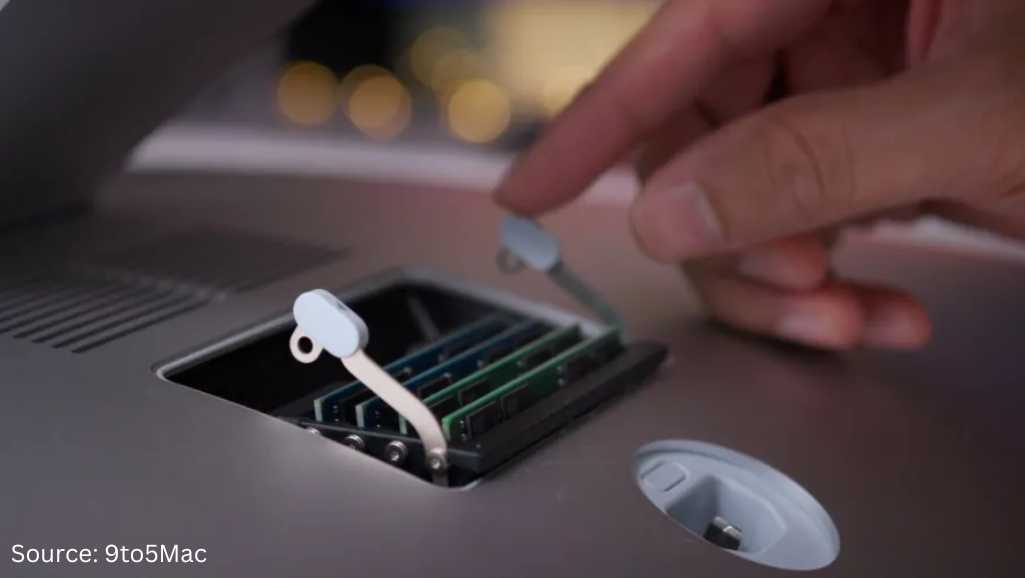
Lenovo Service Centre Singapore – Affordable Repairs (2025)
Lenovo laptops are known for reliability, performance, durability, innovative features, long battery life, comfortable keyboards, and affordability. However, there is still a chance your Lenovo

